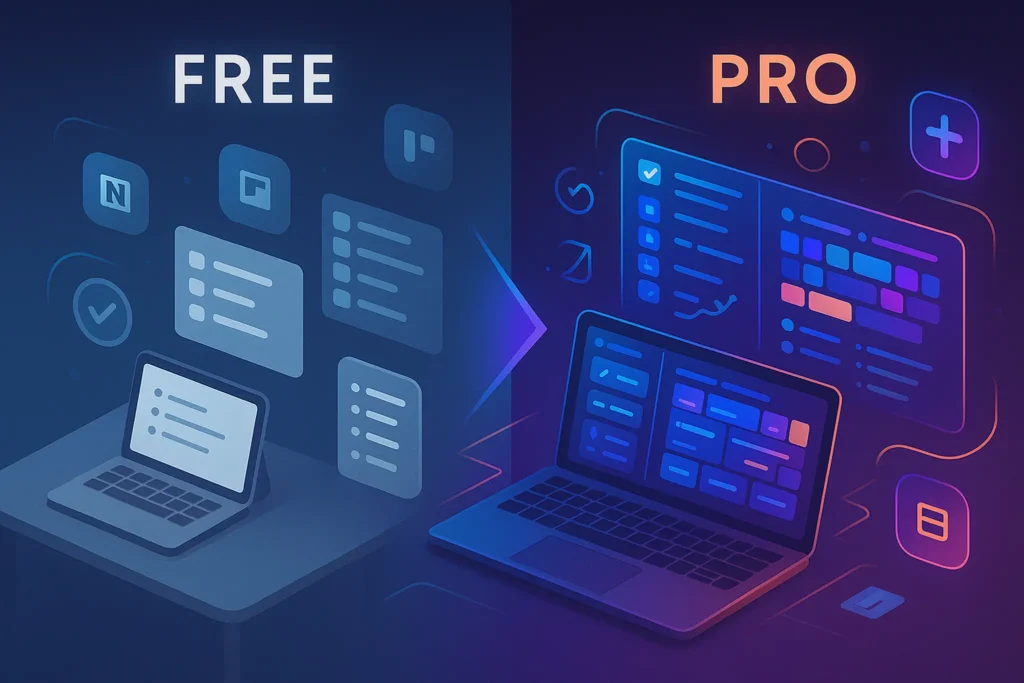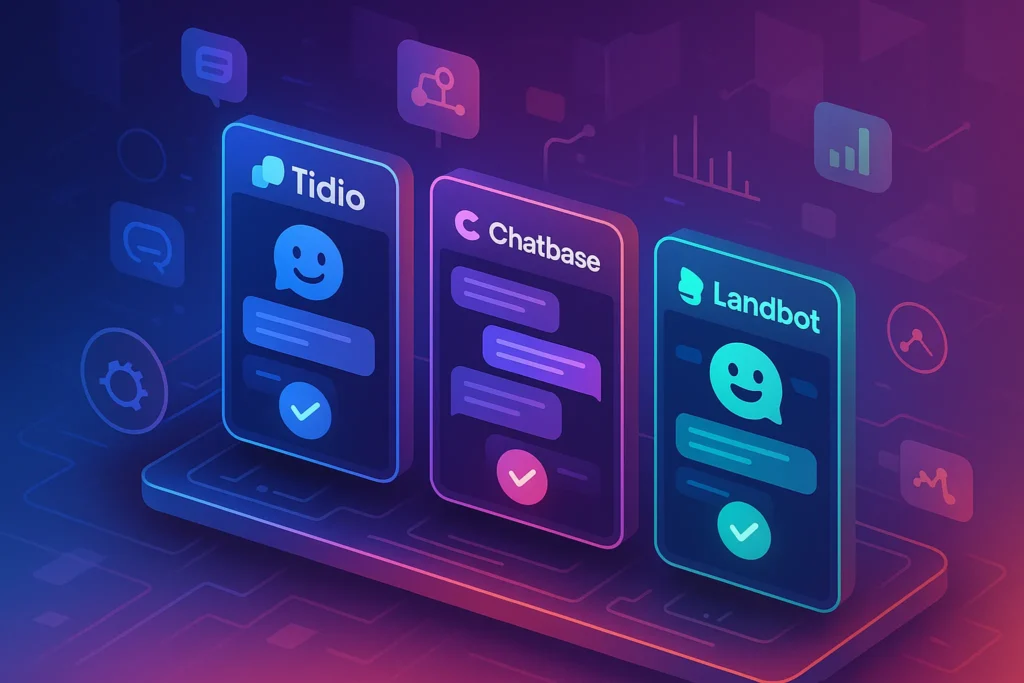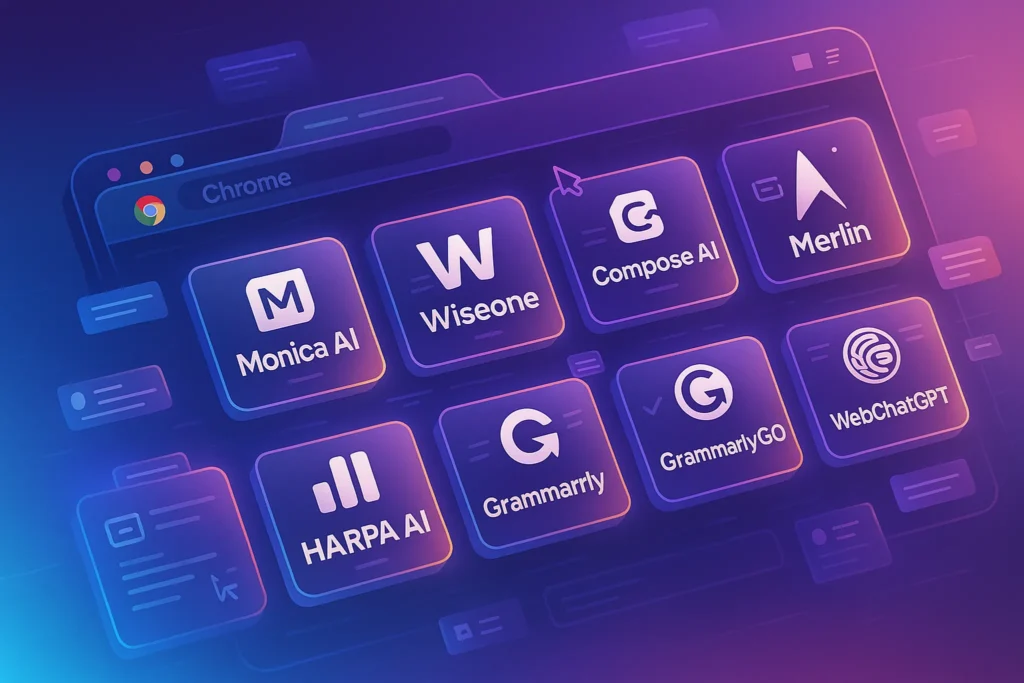🧠 Intro: Why Free Starts Easy—But Isn’t Always Enough
Most of us begin with the free tier.
Whether it’s Notion, Trello, Google Calendar, or Todoist, the free versions are generous enough to get going. And for individuals or side projects, they’re often all you need.
But as your workload grows—or as your goals become more ambitious—those invisible limits start to show:
❌ Project caps
❌ Integration limits
❌ No AI features or team collaboration
❌ Limited support or analytics
The line between “good enough” and “time to upgrade” isn’t always clear. This guide helps you spot that line and decide when paying for premium actually pays off.
🔧 What You Get for Free: Popular Tools Compared
Let’s look at what the most popular productivity tools offer at the free level—and when they might start to feel restrictive.
📋 Notion (Free Plan)
Overview:
Notion is a flexible all-in-one workspace for notes, databases, content planning, and team collaboration. The free version offers powerful capabilities for solo users—including unlimited pages and blocks. But teams or power users may quickly hit limits around permissions, integrations, and AI features.
✅ Pros:
-
Clean, modular interface with deep customization
-
Supports everything from note-taking to CRM systems
-
Free plan is generous for individuals and small side projects
-
Active community and rich template ecosystem
❌ Cons:
-
Can feel slow or bloated with large workspaces
-
Permissions and admin controls are limited in the free tier
-
AI tools (like smart summaries and writing help) require a separate paid add-on
Perfect for: Solo note-taking, content planning, personal dashboards
Limit hits: When you want advanced permissions, AI blocks, or full team collaboration
🧱 Trello (Free Plan)
Overview:
Trello is a visual project management tool based on the Kanban system. It’s great for personal productivity or lightweight team collaboration. The free plan allows unlimited cards and boards but limits integrations and automation.
✅ Pros:
-
Extremely user-friendly and intuitive
-
Ideal for task tracking, content calendars, or solo projects
-
Includes templates and mobile app support
-
Power-Ups extend functionality (e.g., calendar view, file sync)
❌ Cons:
-
Only one Power-Up per board in the free plan
-
Timeline and dashboard views are locked behind paid plans
-
Automation is minimal unless upgraded to Standard or Premium
Perfect for: Visual task tracking, simple projects
Limit hits: Teams needing multiple integrations, automations, or calendar views
✅ Todoist (Free Plan)
Overview:
Todoist is a sleek and minimal task manager with powerful hidden depth. The free plan supports recurring tasks, priorities, and up to five active projects—great for basic task management. Power users will want reminders, labels, filters, and calendar sync from the Pro tier.
✅ Pros:
-
Clean UI and lightning-fast input
-
Supports natural language processing for task creation
-
Great cross-platform sync and offline support
-
Excellent for both individuals and freelancers
❌ Cons:
-
Free tier lacks reminders and custom filters
-
Project cap (5 active) can be limiting
-
No true team collaboration features without Business plan
Perfect for: Light personal task management
Limit hits: If you rely on reminders, calendar sync, or manage many projects
📅 Calendly (Free Plan)
Overview:
Calendly is a meeting scheduler that eliminates back-and-forth emails. The free plan works well for individuals offering one type of booking, but teams and coaches will need more flexibility through paid tiers.
✅ Pros:
-
Seamless integration with Google, Outlook, and Zoom
-
Clean and professional booking experience
-
Mobile-friendly and timezone-aware
-
Saves hours on scheduling logistics
❌ Cons:
-
Only one active event type in the free plan
-
Group bookings, reminders, and workflows are premium-only
-
API and automation integrations require higher tiers
Perfect for: Solopreneurs or occasional scheduling
Limit hits: When managing group events, multiple link types, or needing workflow automation
🧠 Google Workspace (Gmail, Calendar, Drive)
Overview:
Google Workspace is the business version of Google’s everyday productivity suite. While Gmail, Calendar, and Drive are free for personal use, Workspace offers custom domains, enhanced storage, and centralized control—crucial for growing teams.
✅ Pros:
-
Ubiquitous and familiar interface
-
Real-time collaboration across Docs, Sheets, and Slides
-
99.9% uptime, secure cloud storage
-
Workspace includes advanced admin, Vault, and support
❌ Cons:
-
Free storage capped at 15GB across Gmail/Drive
-
No centralized access management in personal accounts
-
No SLA or priority support for free users
📊 ClickUp
Overview:
ClickUp is an all-in-one productivity and project management platform that supports tasks, documents, goals, and even time tracking. Its free plan is among the most generous, but serious teams will need the Unlimited or Business tiers to unlock automation, integrations, and reporting.
✅ Pros:
-
Multiple views: Kanban, List, Gantt, Calendar
-
Integrates with tools like Slack, Zoom, GitHub
-
Supports nested subtasks, custom statuses, and automations
-
Built-in docs, chat, and whiteboards
❌ Cons:
-
Steeper learning curve for new users
-
Automation and advanced dashboards limited on free plan
-
Some features (like timeline view) are locked behind paid tiers
✍️ Evernote
Overview:
Evernote remains a classic for personal knowledge management and structured note-taking. The free version is increasingly limited—offering just two device syncs and capped monthly uploads. Evernote Premium adds features like PDF search, AI cleanup, calendar integration, and larger storage.
✅ Pros:
-
Excellent for long-form notes, research, and web clipping
-
Great tagging and search capabilities
-
Supports voice notes, images, and attachments
-
New features include AI Note Cleanup and Tasks
❌ Cons:
-
Free plan limited to 2 devices
-
Monthly upload cap (60MB) can feel restrictive
-
Advanced features (calendar sync, offline notebooks) require Premium
💼 When Paid Plans Actually Make Sense
You don’t always need to upgrade—but when you do, it should save you more time, stress, or manual work than it costs.
Here are the most common use cases where premium plans become worth it:
👥 Team Collaboration
Free tiers often lack granular permissions, advanced sharing options, or workspace-wide templates.
Example: Notion Pro or Trello Standard offer better control over who can see or edit what.
🔁 Workflow Automation
Once you start repeating tasks manually, paid plans with integrations (Zapier, Slack, calendar sync) save real time.
Example: Todoist Pro enables filter views, labels, and automatic reminders that free users don’t get.
📊 Analytics & Admin Controls
You can’t improve what you don’t measure. Paid tools often offer insights like task completion rates, usage logs, and team activity.
Example: ClickUp Unlimited or Asana Premium unlock performance dashboards and goal tracking.
🤖 AI Features
Many tools have placed their most powerful automation—like smart summaries, AI suggestions, or writing helpers—behind a paywall.
Example: Notion AI, Grammarly Premium, and Microsoft Copilot all add cognitive leverage to your workflow.
🔗 Curious about how AI boosts real productivity? Explore How AI is Transforming Productivity for real-world examples.
🔍 Feature Trigger Points: Signs You’ve Outgrown Free
How do you know it’s time?
Here are the trigger features that usually signal it’s worth upgrading:
| Trigger | What It Unlocks |
|---|---|
| More users or seats | Enables team roles & access control |
| Calendar integration | Syncs tasks with Google or Outlook |
| API access | Connects to custom systems or workflows |
| AI features | Smart suggestions, auto-prioritization, summaries |
| Unlimited projects or boards | Scale beyond entry-level usage |
| Automations | Reduce repetitive admin tasks |
The more of these you need, the more valuable the upgrade becomes.
💸 Cost-Benefit Thinking: Does It Pay Off?
Let’s say an upgrade costs $8/month—that’s around 26 cents/day.
If it:
-
Saves you 20 minutes of manual task tracking
-
Avoids missed deadlines due to reminders
-
Automates meeting booking or email follow-ups
-
Lets you manage more work with less stress
Then it’s not a cost—it’s leverage.
Think of it as renting a part-time assistant that works 24/7.
🔗 For a deeper look at essential tools to level up, see Must-Have Productivity Apps to find your ideal stack.
🧠 Smart Upgrade Tips: Don’t Pay More Than You Need
Before you jump to a premium plan, here are smart strategies to get the most out of your upgrade:
🎯 1. Use the Free Plan to Its Limit First
Push the boundaries. Learn the tool inside-out. That way, you’ll know exactly why you’re upgrading—and whether it’s worth it.
🎯 2. Time Your Upgrade with Discounts
Most tools run seasonal deals (Black Friday, New Year, AppSumo launches).
Also, check student or nonprofit discounts if applicable.
🎯 3. Start with Monthly, Then Switch to Annual
Test the paid features for 1–2 months before committing to a longer plan. Many offer monthly refunds or pro-rated downgrades.
🎯 4. Only Pay for Power Users
In team tools, not everyone needs a paid seat. Often, 1–2 people upgrading can unlock core features for the rest.
📋 Decision Matrix: Should You Upgrade?
Use this checklist to make a smart, data-backed decision:
| Question | If Yes → Consider Upgrading |
|---|---|
| Are you hitting project/board limits regularly? | ✅ |
| Do you need calendar or app integrations? | ✅ |
| Are you collaborating with more than 2–3 people? | ✅ |
| Do you waste time manually updating data or scheduling? | ✅ |
| Would AI help you write, prioritize, or summarize tasks? | ✅ |
| Does the upgrade save you at least 15 min/week? | ✅ |
💡 Even one “Yes” can justify the cost—if it frees up headspace and reduces friction.
🧠 Nerd Verdict
Free tools are great for exploration—but not for expansion.
If you’re serious about your workflows, content production, business management, or client delivery, the right paid features can unlock:
-
Time saved
-
Mental bandwidth preserved
-
Seamless collaboration
-
Automation that scales with your goals
🚫 Don’t upgrade because of FOMO.
✅ Upgrade when the ROI is tangible—in time, energy, or output.
❓ FAQ: Nerds Ask, We Answer
💬 Would You Bite?
Have you ever regretted not upgrading sooner?
Or paid for a tool you never used?
Tell us your most surprising upgrade win—or fail—in the comments 👇



